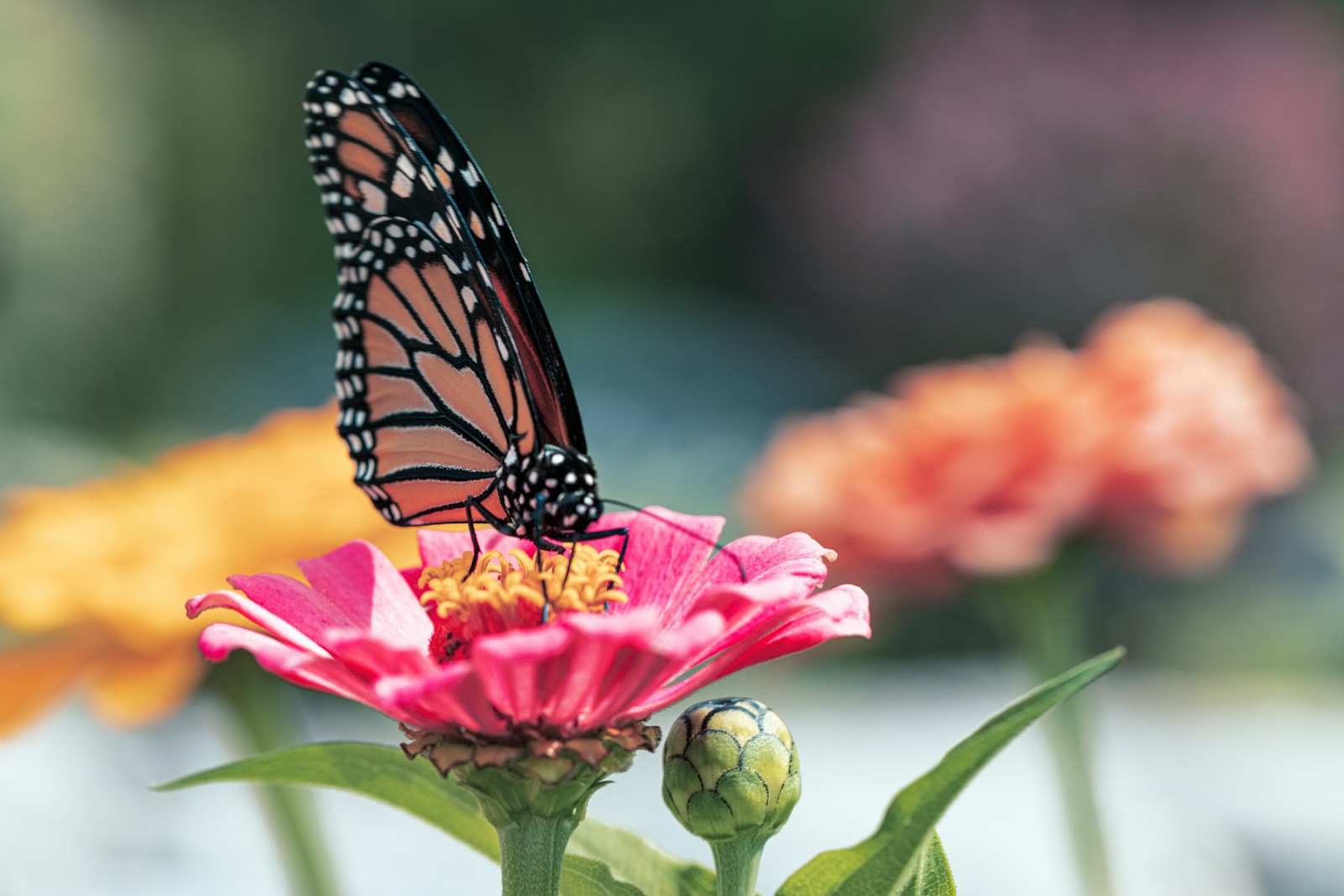There’s something magical about watching butterflies flutter, bees buzz, and hummingbirds hover in your garden. Beyond the sheer joy these creatures bring, they perform a critical ecological service—pollination. With pollinator populations declining worldwide due to habitat loss, pesticide use, and climate change, creating a pollinator-friendly backyard isn’t just a beautiful hobby; it’s an act of environmental stewardship.
By transforming your outdoor space into a pollinator paradise, you’re providing essential resources for these beneficial creatures while enjoying a vibrant, thriving garden. This comprehensive guide will walk you through everything you need to know to create a backyard sanctuary that attracts and supports a diverse range of pollinators year-round.
Understanding the Importance of Pollinators
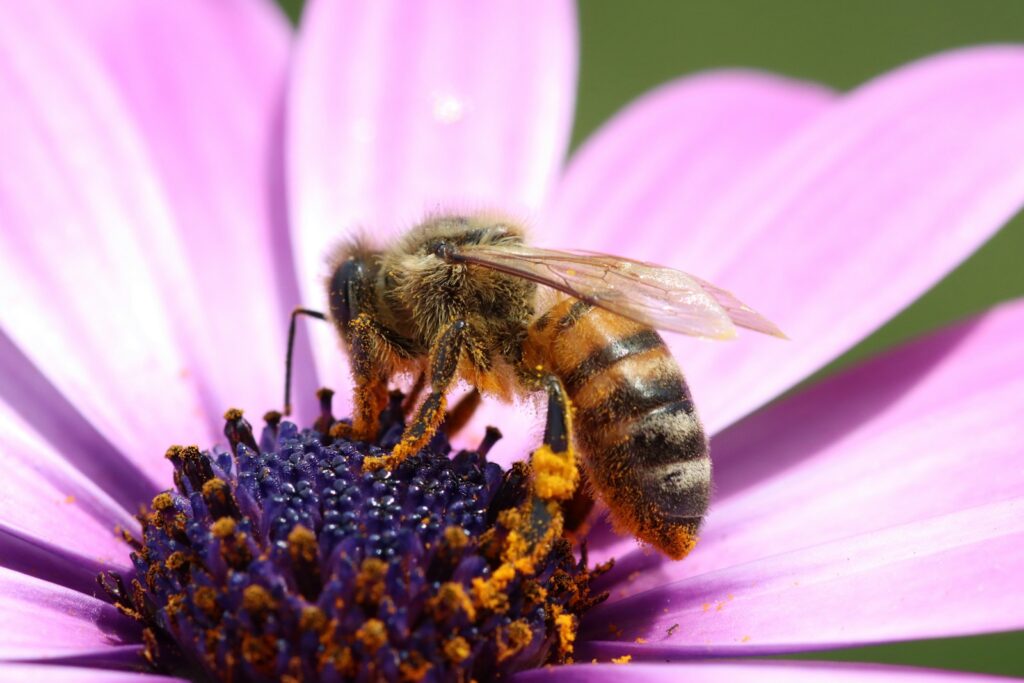
Pollinators are responsible for helping more than 80% of the world’s flowering plants reproduce, including approximately 35% of food crops. When these creatures visit flowers to collect nectar and pollen, they inadvertently transfer pollen from male to female flower parts, fertilizing plants and enabling them to produce fruits and seeds. Without this process, many plants couldn’t reproduce, and our food supply would be severely diminished.
Beyond agriculture, pollinators support healthy ecosystems by enabling plant reproduction, which in turn provides food and habitat for countless other species. By creating a pollinator habitat in your backyard, you’re contributing to a larger ecological network and helping to offset the habitat loss occurring elsewhere.
Identifying Common Pollinators in Your Region

Before planning your pollinator garden, it’s helpful to understand which pollinators are native to your area. While honeybees often get the most attention, there are approximately 4,000 native bee species in North America alone, including mason bees, bumblebees, and sweat bees, each with unique nesting and foraging preferences. Butterflies and moths are also important pollinators, with monarchs, swallowtails, and skippers being among the most recognizable.
Hummingbirds serve as significant pollinators for many tubular flowers, while often-overlooked pollinators include beetles, flies, and even some wasps. Contact your local extension office or native plant society to learn which pollinators are most common in your specific region, as this knowledge will help you create a habitat that meets their particular needs.
Selecting Native Plants for Maximum Impact
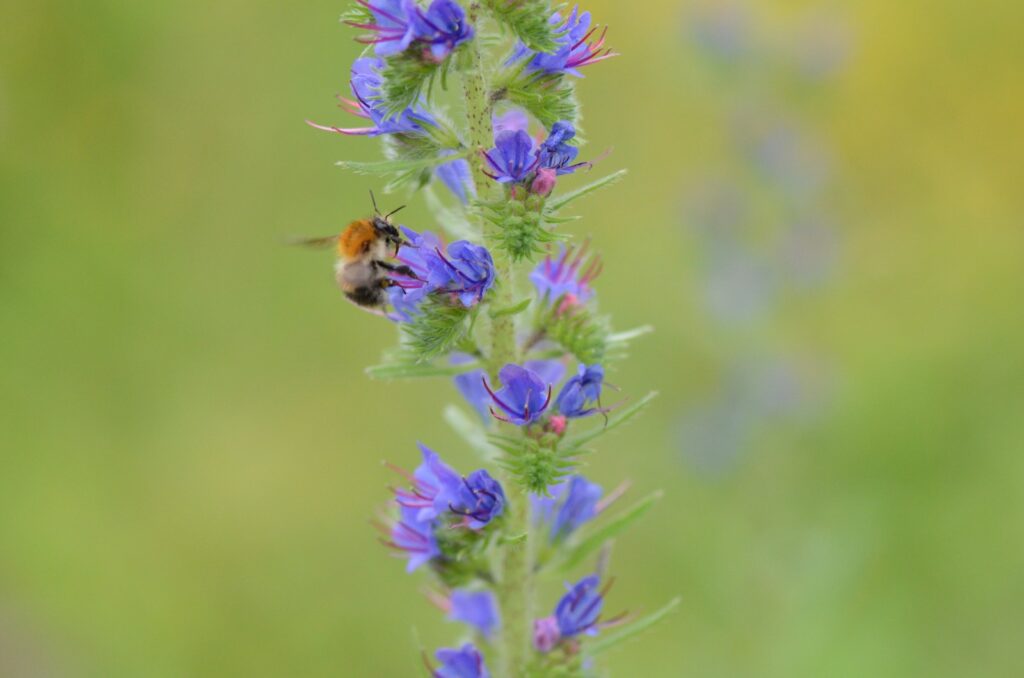
Native plants form the foundation of any successful pollinator garden because they’ve co-evolved with local pollinator species over thousands of years. These plants typically require less water and maintenance than non-natives once established, making them both ecologically beneficial and practical. Research shows that native plants support significantly more caterpillar species than non-natives, which is crucial for butterfly reproduction and for birds that feed caterpillars to their young.
When selecting native plants, aim for diversity in bloom times, flower shapes, and colors to support different pollinator species throughout the growing season. Resources like the National Wildlife Federation’s Native Plant Finder or the Xerces Society’s regional pollinator plant guides can help you identify appropriate native plants for your specific location.
Creating a Year Round Bloom Sequence
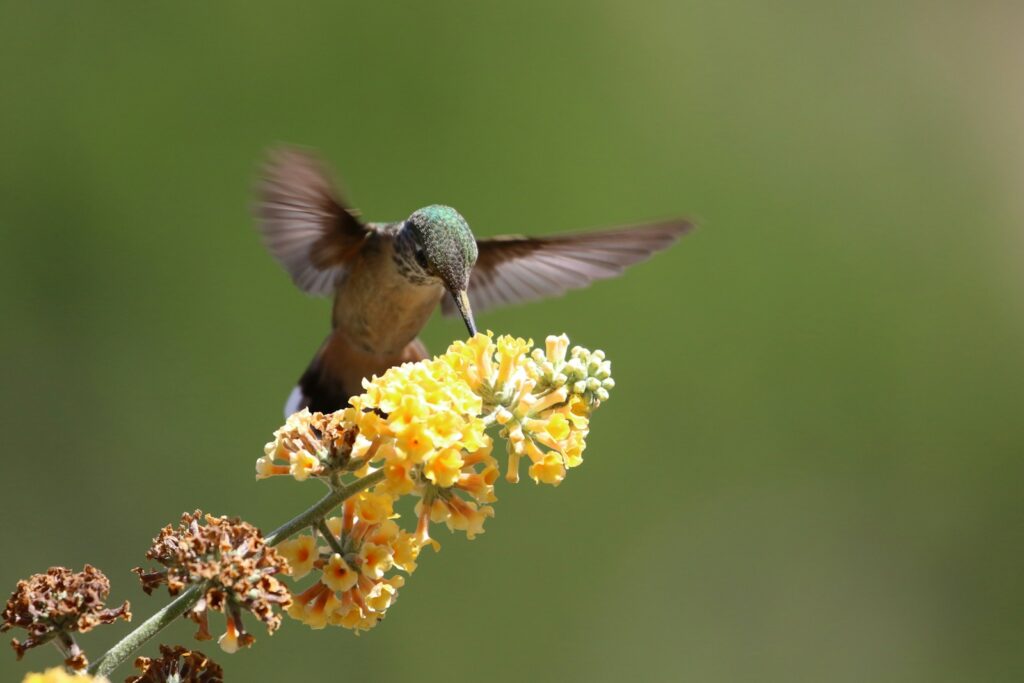
One of the most important aspects of a pollinator garden is ensuring a continuous food supply throughout the growing season. Pollinators need nectar and pollen from early spring through late fall, so plan your garden to include plants that bloom at different times. Early-blooming plants like redbud trees, serviceberry, and spring ephemeral wildflowers provide crucial resources when pollinators emerge from winter dormancy or return from migration.
Summer-blooming plants like coneflowers, bee balm, and milkweed offer abundant resources during peak activity periods. Late-blooming plants such as goldenrod, asters, and sedum sustain pollinators as they prepare for winter or migration. By carefully selecting plants with sequential bloom times, you ensure that pollinators will always find food in your garden, encouraging them to take up residence and return year after year.
Designing Your Pollinator Garden Layout
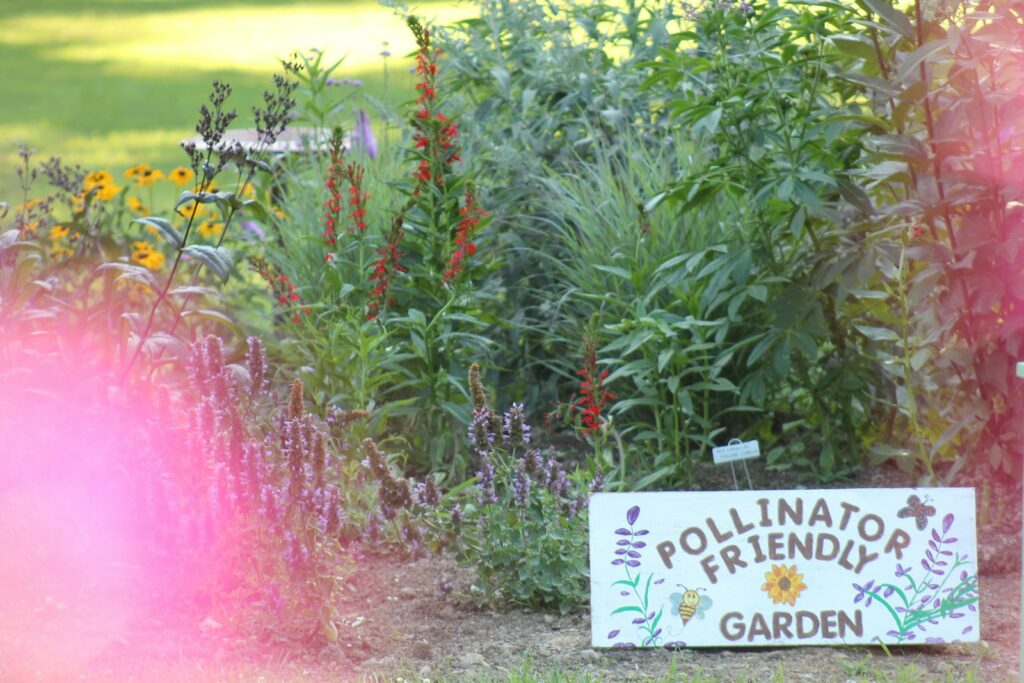
The physical layout of your pollinator garden significantly impacts its effectiveness and appeal to both pollinators and human observers. Planting in clusters rather than individual specimens helps pollinators locate food sources more efficiently and conserves their energy. A general recommendation is to plant at least three of the same species together in a grouping approximately three feet in diameter. Varying the height of plants creates visual interest and provides different microclimates within the garden; tall plants can offer wind protection for more delicate species.
Include pathways that allow you to observe pollinators up close without disturbing them, and consider how your garden will look year-round, incorporating evergreen plants or those with interesting seed heads for winter structure. Remember that pollinators need to see their food sources, so avoid planting pollinator-friendly flowers in heavily shaded areas unless they’re specifically shade-loving species.
Providing Water Sources for Thirsty Pollinators
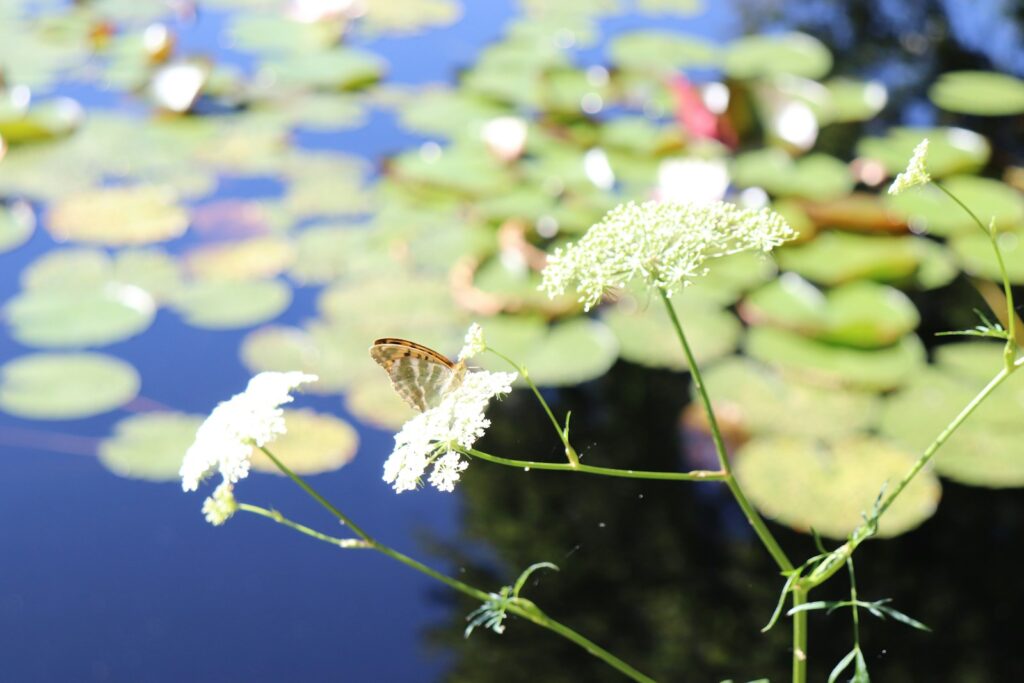
Water is an essential resource that’s often overlooked in pollinator garden planning. Bees use water not only for drinking but also for cooling their hives during hot weather and diluting stored honey for consumption. Butterflies often “puddle” on damp soil to extract minerals and salts they can’t get from nectar. A shallow bird bath with stones or marbles that protrude above the water surface provides safe landing spots for insects to drink without drowning.
For an even simpler approach, fill a shallow dish with clean sand and keep it consistently moist. Dripping water features attract a variety of pollinators while adding pleasant ambient sound to your garden. Remember to change standing water frequently to prevent mosquito breeding, especially in warmer months when these pests are most active.
Creating Nesting Habitats for Diverse Pollinators

Different pollinator species have vastly different nesting requirements, and providing appropriate habitats will encourage them to take up permanent residence in your garden. Approximately 70% of native bee species nest in the ground, requiring patches of bare, undisturbed soil in sunny locations where they can dig tunnels. Wood-nesting bees, like carpenter and mason bees, utilize hollow plant stems or bore into soft, dead wood. Leaving some areas of your garden slightly “messy” with fallen logs, brush piles, or unmulched soil provides natural nesting sites.
Butterflies need host plants for laying eggs, which will become food for their caterpillars; for example, monarch butterflies exclusively lay eggs on milkweed plants. Even small actions like leaving leaf litter in place during fall can provide crucial overwintering habitat for many beneficial insects that will emerge to pollinate your garden the following spring.
Eliminating Pesticides and Chemical Fertilizers

Creating a truly pollinator-friendly garden necessitates minimizing or eliminating chemical interventions that can harm beneficial insects. Many common pesticides, including neonicotinoids, are particularly devastating to bees and other pollinators, affecting their nervous systems, impairing their ability to navigate, and potentially causing colony collapse. Even organic or “natural” pesticides can harm beneficial insects if applied improperly.
Instead of reaching for chemicals, embrace integrated pest management strategies like encouraging beneficial predators, practicing good garden hygiene, and accepting a certain level of plant damage as part of a healthy ecosystem. Similarly, synthetic fertilizers can disrupt soil microbiology and create plants with unbalanced nutrition; opt instead for compost, well-rotted manure, and other organic soil amendments that build healthy soil over time, resulting in plants that are naturally more resistant to pests and diseases.
Managing Garden Maintenance to Protect Pollinators
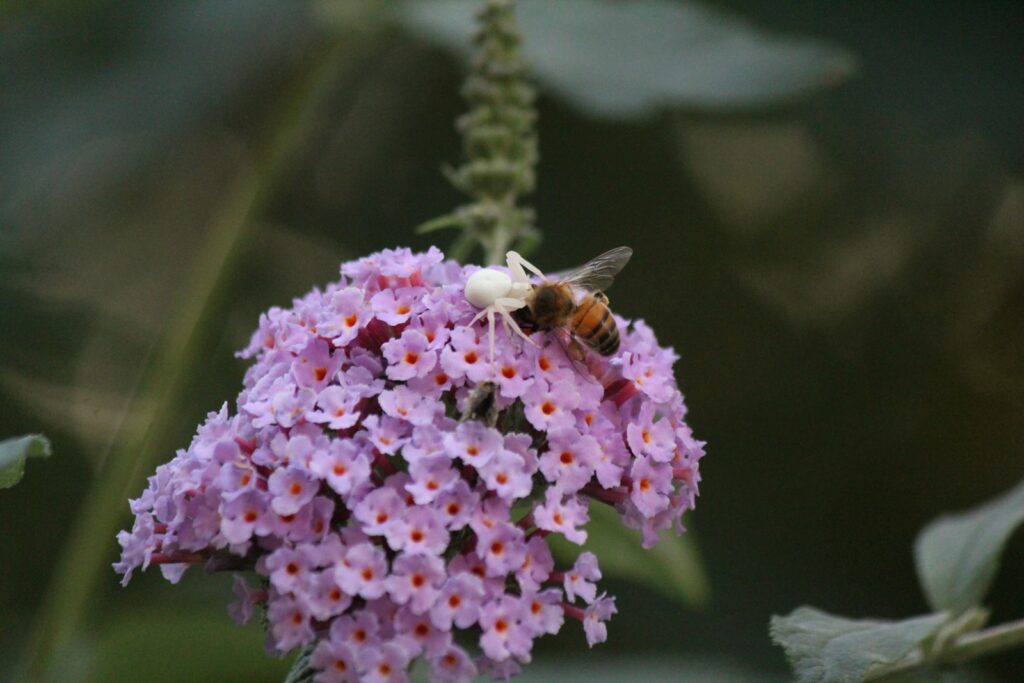
Traditional garden maintenance practices often inadvertently harm the very pollinators we hope to attract. Rethinking your approach to garden care can make a significant difference in supporting pollinator populations. Delay your fall cleanup until spring, as many beneficial insects overwinter in hollow stems, leaf litter, and soil. When you do prune, consider leaving some stems with pithy centers standing at least 15 inches tall to provide nesting sites for small bees.
Mow your lawn less frequently and at a higher setting to allow clover, dandelions, and other lawn flowers to bloom, providing additional nectar sources. If you must remove plant material, consider creating a designated “wildlife pile” in an inconspicuous corner of your yard where trimmed branches and leaves can decompose naturally while providing habitat. These small adjustments to maintenance routines can dramatically increase the wildlife value of your garden while often reducing your workload.
Extending Your Pollinator Habitat Beyond Flowers
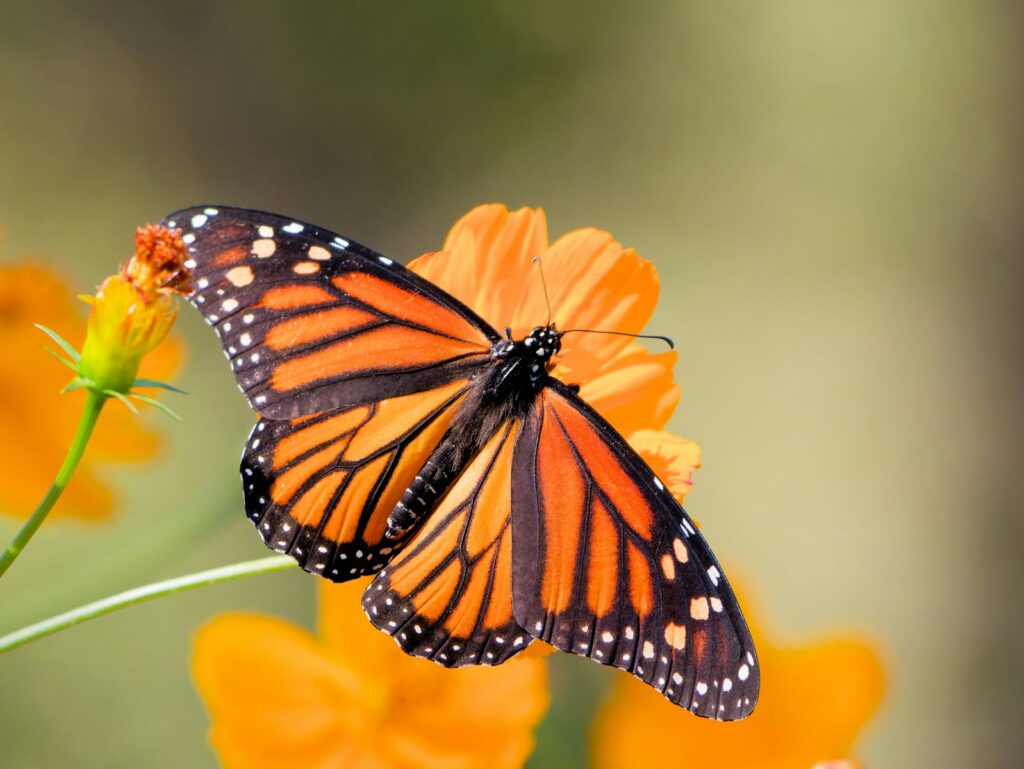
While flowering plants are the cornerstone of any pollinator garden, creating a truly supportive habitat involves thinking beyond just blooms. Trees and shrubs, particularly native varieties, serve multiple functions in the pollinator landscape, providing not only nectar and pollen but also nesting sites, shelter from predators, and protection from extreme weather. Early-blooming trees like willows, maples, and redbuds offer critical early-season resources when few other plants are flowering.
Consider reducing your lawn area in favor of more ecologically productive plants; studies show that lawns contribute minimal wildlife value while consuming significant resources. Vegetable gardens can pull double duty by incorporating pollinator-friendly companions like herbs allowed to flower, providing both human food and pollinator resources. Even hardscape elements like stone walls, rock gardens, or wooden fences can create beneficial microclimates and potential nesting sites for various pollinators.
Creating Special Habitats for Specific Pollinators
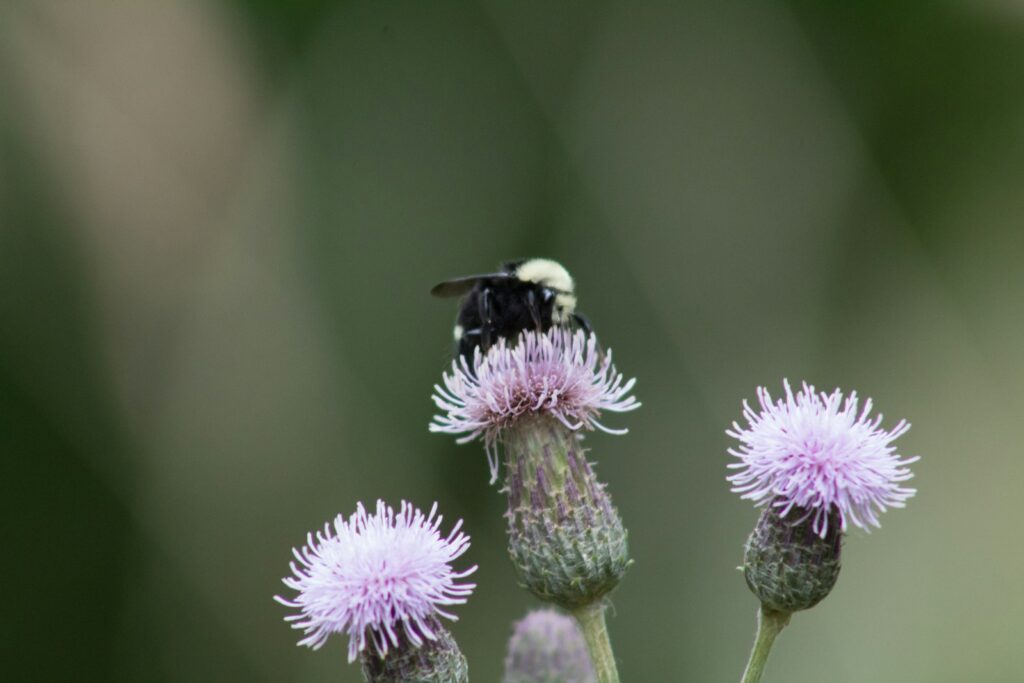
While general pollinator-friendly practices benefit many species, creating specialized microhabitats can attract particular pollinators you wish to support. Monarch butterflies, for example, require milkweed species as host plants for their caterpillars, making these plants essential in a monarch-friendly garden. Hummingbirds are attracted to red, orange, and pink tubular flowers with high nectar content, such as trumpet vine, cardinal flower, and bee balm.
Mason bees benefit from artificial nesting blocks with properly sized holes drilled in untreated wood, while bumblebees might utilize upturned flower pots filled with dry grass or straw. Butterfly puddling stations—shallow dishes filled with sand, soil, and a mineral-rich solution—attract these insects by providing essential salts they can’t get from nectar alone. By researching the specific needs of pollinators in your region, you can create targeted habitats that dramatically increase their presence in your garden.
Educating Others About Your Pollinator Paradise
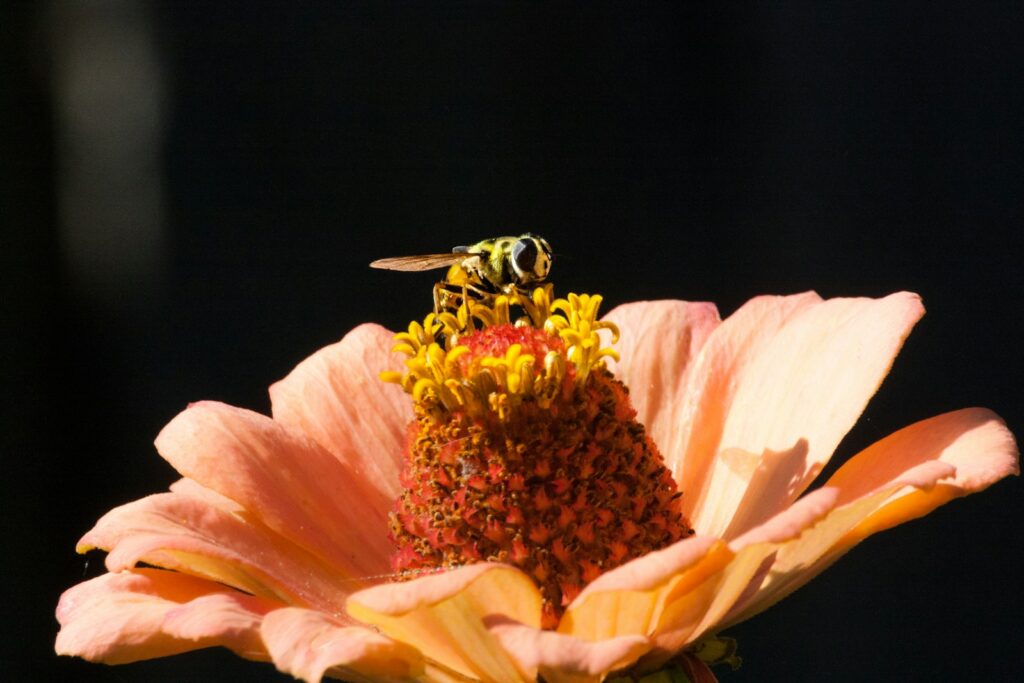
Your pollinator garden can serve as both a wildlife haven and an educational tool for your community. Consider installing small, informative signs identifying plants and their pollinator relationships, or explaining the ecological benefits of features like brush piles or unmulched areas. Organizations like the Xerces Society and the National Wildlife Federation offer certification programs for pollinator or wildlife habitats, providing official recognition and signage that can spark conversations with neighbors.
Hosting informal garden tours or participating in community garden tours brings attention to the importance of pollinator conservation. Sharing extra seedlings or cuttings from your native plants with neighbors helps spread pollinator-friendly practices beyond your property boundaries. These educational efforts multiply the impact of your garden, potentially inspiring others to create their own pollinator paradises and contributing to neighborhood-level habitat corridors.
Monitoring and Celebrating Your Success
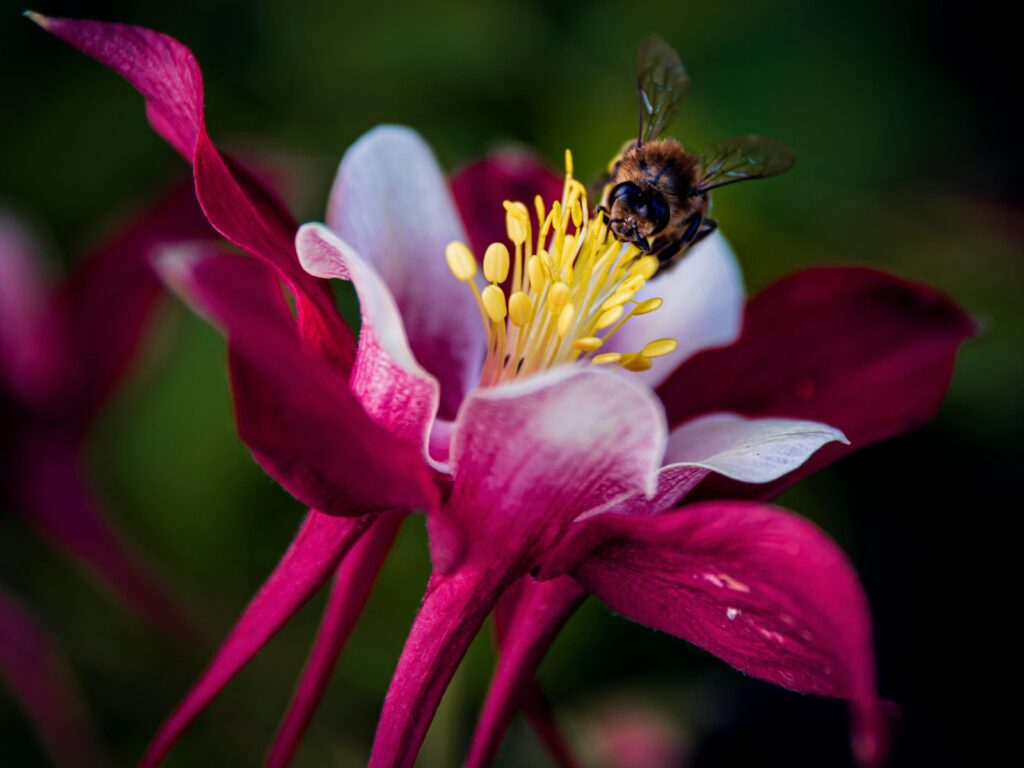
Once your pollinator garden is thriving, observing and documenting visiting creatures becomes a rewarding experience. Keep a garden journal to track first sightings, note which plants attract which pollinators, and use smartphone apps for easy identification. Photos can record your garden’s growth and contribute to citizen science. Celebrate special moments—like spotting a monarch or leaf-cutter bee—by sharing with friends or online communities focused on pollinators and native plants. These small celebrations help foster a deeper connection to nature and conservation.
Over time, your garden will attract a growing diversity of species, from vibrant hummingbirds to shimmering green bees. Beyond helping the environment, spending time in your garden improves mental health, reduces stress, and enhances daily life. Your pollinator garden becomes both a wildlife refuge and a personal sanctuary. By nurturing this space, you’re supporting biodiversity and creating a meaningful, lasting contribution to your local ecosystem and personal wellbeing.

